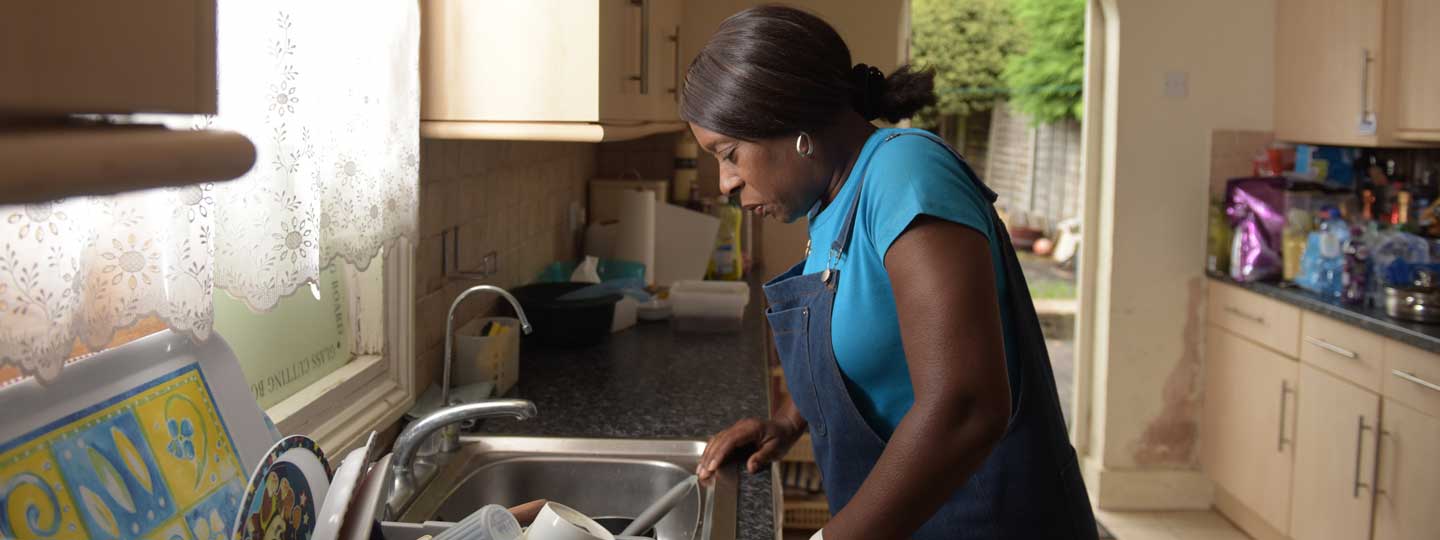Why do some people experience chronic pain and fibromyalgia?
12 April 2022
Professor Gary Macfarlane, Clinical Chair in Epidemiology at the University of Aberdeen is leading a number of research projects funded by Versus Arthritis to better understand the causes, diagnosis and treatment of chronic pain and fibromyalgia.
In recently published work as part of the PACFIND study, Prof Macfarlane and his colleagues studied the experience of people living with chronic pain. They compared people who have received a diagnosis of fibromyalgia to people who meet the criteria for fibromyalgia but have not received a diagnosis.
The study revealed that it took an average of three years to receive a diagnosis for fibromyalgia, and people with the condition are more likely to be out of work due to ill health. This highlights the urgent need for a better model of care for fibromyalgia to ensure quicker diagnosis, as well as improved care and long-term support.
Find out more about the PACFIND study.
We asked Prof Macfarlane to tell us more about his research:
“The first thing we’re trying to understand is what causes pain.”
We want to try to understand why some people get chronic pain and fibromyalgia, and some people don’t.
The second thing we’re doing is looking at how to treat it, and we’re particularly looking at non-drug therapies, which have shown some success in studies funded by Versus Arthritis. We’re now moving towards not just managing people and their pain but we’re also talking about preventing pain.
We’re also trying to transform services for patients with fibromyalgia because many patients tell us they wait a long time to be seen.
They move around the healthcare system seeing lots of doctors, in different specialties and it can be a long time for them to get a diagnosis. They then tell us that the support to move forward with their condition can be lacking after they receive a diagnosis.
The aim of the PACFIND study is to do three things:
1. Find out what is happening now. We’re mapping people’s journey through the healthcare system and looking at how much that costs.
2. We’re sitting down with clinicians and with patients and look at the design of services. What do patients want out of the service and what’s feasible? We are speaking to hospital managers and looking into what can we realistically put in place.
3. Then, we hope to test it out in one or two NHS boards. We want to answer questions like - what happens if we have this new way of identifying a patient with fibromyalgia and we’re delivering preventative care? Do clinicians feel able to deliver the care they need to? What do patients think about it?
This project is being undertaken nationwide and involve all parts of the United Kingdom, with different parts of the research done in different areas.
“…we’re trying to target people that have had the condition for a while and people who are newly diagnosed.”
This includes people who are perhaps still in work, have young families and are trying to cope with all these demands. Different groups of patients may have different needs at different times – we need to understand this.
I hope at the end of the programme we’ll have a much better idea of the things that are critical to making the correct diagnosis and delivering good quality care for people.
Then, we will look at how it works in practice. Looking at – what works and what’s more problematic? What do we have to do?
“We know that making an early diagnosis is not as common as it should be.”
Individual patient’s journeys will be different, but one of the main things we know about pain is that you’re most likely to have a successful outcome if you intervene early. So, the longer people have had pain, the less you are likely to be able to promote a change.
Ultimately, it’s about prevention rather than waiting for the pain to become chronic and then treating it.
Learn more about this research.
We’re here whenever you need us.
- If you would like to talk to someone, you can call our free helpline on 0800 5200 520
- Talk to our arthritis virtual assistant, 24/7
- Join our online community
- Stay in touch and follow us on Twitter, Facebook and Instagram.
You might also be interested in...
-
“Fibromyalgia is not talked about enough.”
Benji, 25, shares their experience of living with fibromyalgia and joint hypermobility syndrome.
-
Our fibromyalgia research highlights
Research will help to develop knowledge, understand causes and improve diagnosis and treatment options for people living with fibromyalgia.